SPACECRAFT DISASTERS
Added on: 9th May 2015
TITAN 34D-9

One of the most costly launch failures in U.S. history, Titan 34D-9’s
April 18, 1986, explosion reinforced the dangers of space exploration
to the American people, coming just months after the Challenger break-up.
The explosion was attributed to joint failure holding its boosters together.
The rocket carried the billion-dollar US reconnaissance satellite
KH-9 HEXAGON. The major force of US photo reconnaissance in the 1970’s
and 80’s, the satellites were largely used in Cold War surveillance.
Cleaning up the remnants were difficult and dangerous due to
Titan 34D’s use of highly poisonous hypergolic propellants.
ANTARES ROCKET
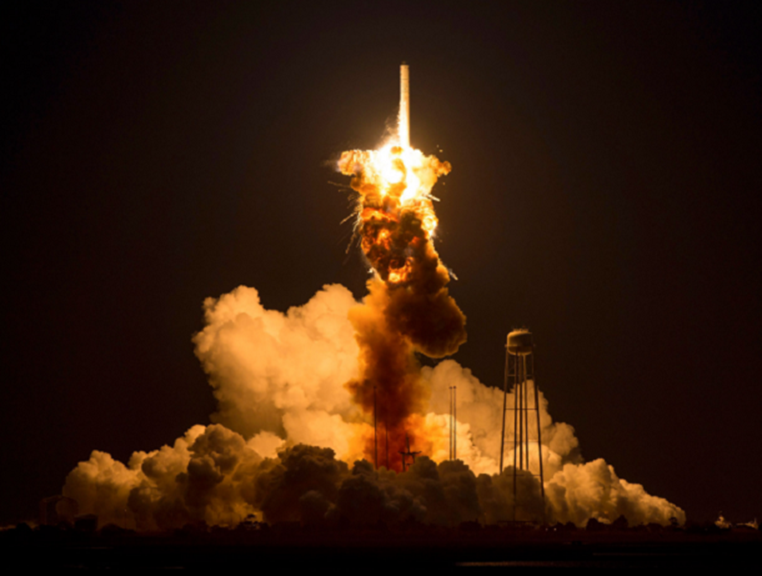
The first of two space disasters within a week, private spaceflight company
Orbital Sciences Corporation’s Antares rocket experienced a
“catastrophic anomaly” at the beginning of a supply mission to the
International Space Station. The third of eight resupply missions of their
$1.9 billion contract with NASA, the rocket (Antares) and spacecraft (Cygnus)
detonated within a half minute of launching. The rocket’s first stage
used 2 Aerojet AJ26 rocket engines, originally developed by the
Soviets in the 1970’s to carry cosmonauts to the moon.
The Soviets never successfully launched the rockets.
1997 DELTA II LAUNCH
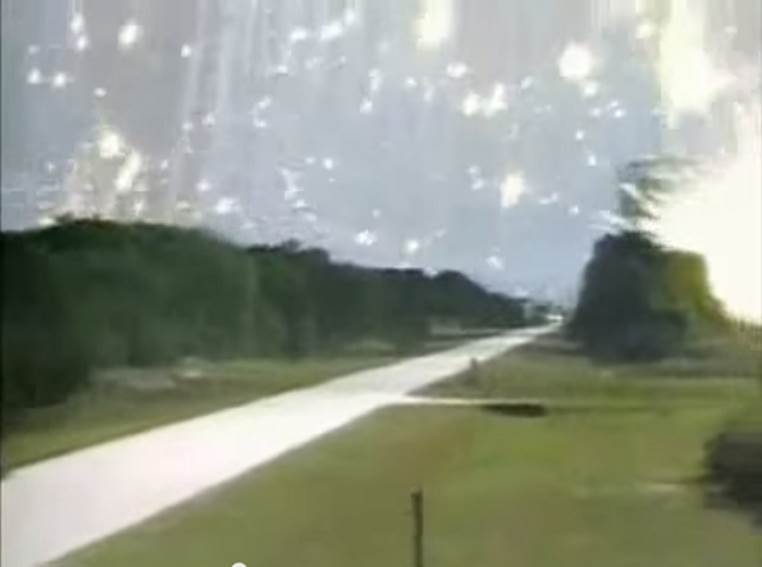
In one of the most spectacular rocket explosions in history, Delta II
exploded 13 seconds after lift-off from Cape Canaveral. The January 17,
1997 launch was meant to launch a $40 million military GPS satellite into orbit.
A ruptured SRM casing set off the range safety destruct package and a
booster exploded. In what looked like an aerial repeater firework display,
fireballs rained down on the surrounding area. No one was hurt, but
several cars and buildings were damaged. The first GPS satellite was
launched in 1978 and most launches of the Delta II rockets have been
successful.
INTELSAT 708
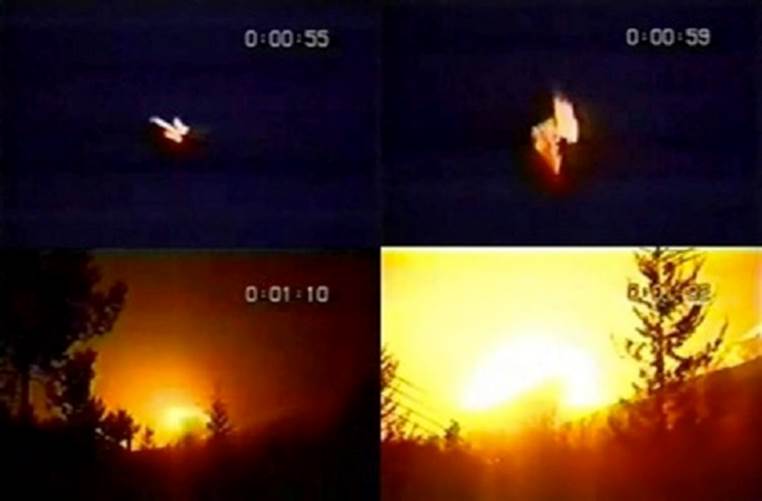
Intelsat 708 is unique in that it was an American rocket launched from
Xichang in the People’s Republic of China. The rocket, launched on
February 14, 1996, rose before curving off to the side and crashing into
a nearby village almost a mile away with most of its fuel and propellant
still on board. The resulting explosion turned 3am into high noon with
the light coming from the blast. Reports of the amount of dead people
(mostly local villagers) vary from a few to a few hundred.
Some say the damage could have been lessened had the emergency
destruct sequence been activated to destroy the rocket in flight.
NEDELIN CATASTROPHE

The October 24, 1960 launch pad explosion of a Soviet R-16 rocket
(an ICBM) is the most deadly space-related incident to date.
While testing before launch, the rocket’s second stage engines ignited,
incinerating 72 workers nearby and burning the road in front of them,
preventing others from getting out of the locked fence before they
burned. Russian Premier Nikita Khrushchev demanded it be kept secret.
The R-16’s designer, Mikhail Yangel, survived because he was a few
hundred yards away smoking a cigarette at the time.
ALBERT II
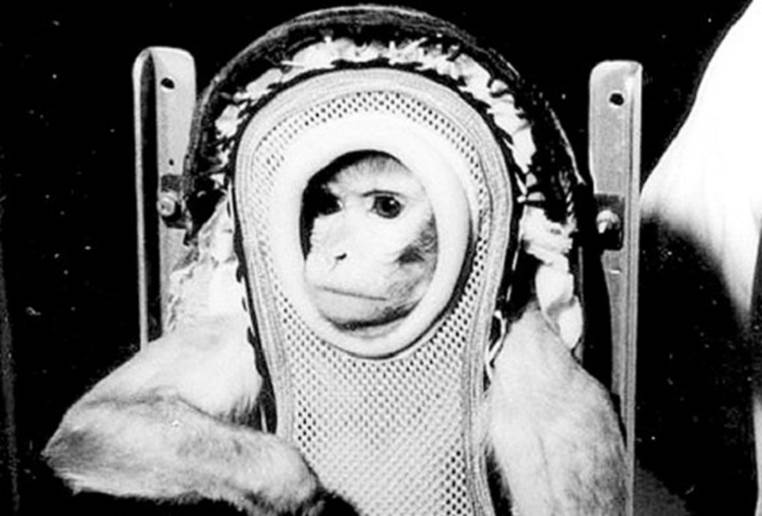
After fruit flies successfully paved the way for animals in space,
Albert II (a male rhesus monkey) was the first primate sent into space.
Successfully making it to 83 miles (134km) above the Earth’s surface
on June 4 ,1949, Albert II tragically died when the parachute on his
recovery capsule failed upon re-entry. (He was preceded by Albert I
who failed to attain the international standard of height for being in space.
Albert I did not survive the launch.)
YURI GAGARIN
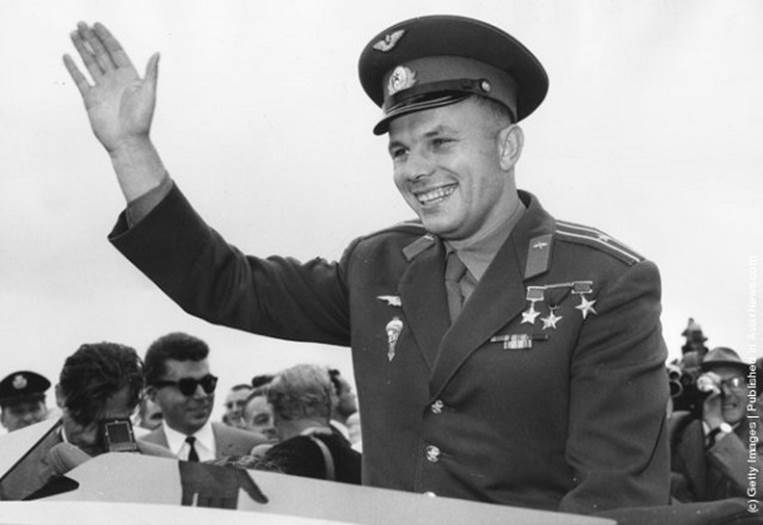
The first human in space was also a victim of a training jet crash.
Yuri Gagarin died on March 27, 1968, along with his flight instructor
Vladimir Seryogin when their MiG-15UTI plane crashed. Though much
speculation and conspiracy surrounds their deaths, documents
declassified in April 2011 include a 1968’s commission conclusion
that they had to manoeuver sharply to avoid a weather balloon.
A KGB report concluded the aircraft entered a spin to avoid
a bird strike or another aircraft which it could not come out from.
Every April 12th, Yuri’s night is celebrated internationally to
commemorate space milestones & boost public interest in
space exploration.
X-15 FLIGHT 191

Though not considered a spaceflight under the internationally accepted
definition, the breakup of Michael J. Adams’s plane on November 15, 1967,
led to his death. Electrical and control problems caused Adams to lose
control of the craft during re-entry from its highest point (50.4 miles, 81.1
kilometres). Though he recovered, the plane went into a Mach 4.7 inverted
dive full of pitching and rolling motions. Plummeting downwards at
160,000 feet per minute, the plane’s structure broke up over the
Mojave Desert near the town of Johannesburg. There was no
indication Adams tried to eject from the plane but rather tried
regaining control before the plane crashed. He was posthumously
given astronaut wings by the U.S. Air Force as he crossed the
American definition of space at 50 miles.

Comment on this